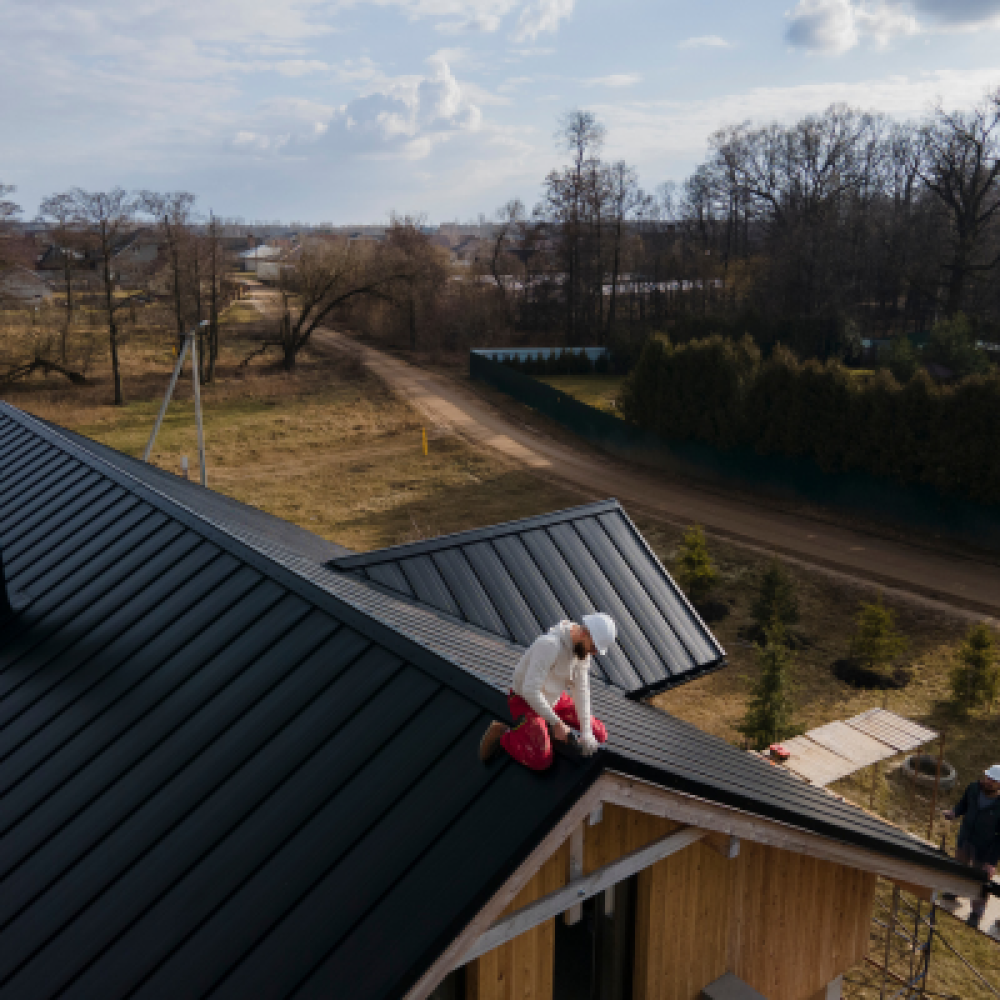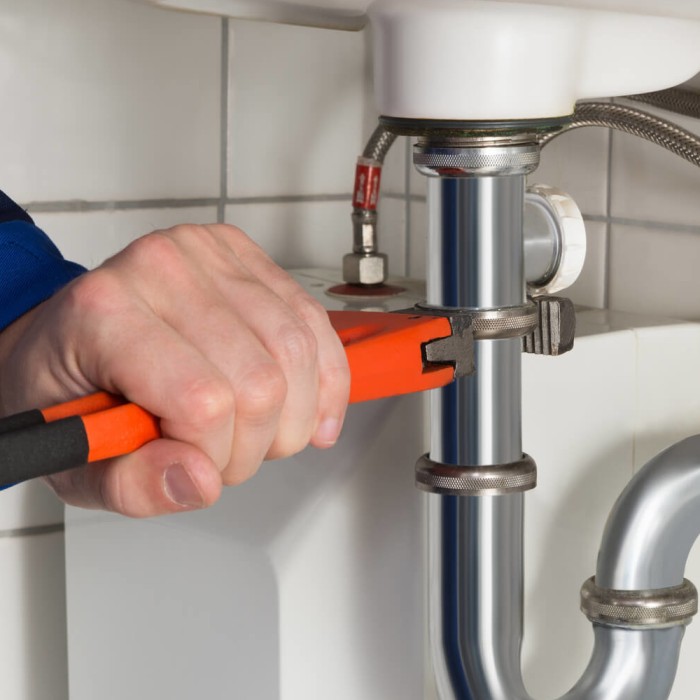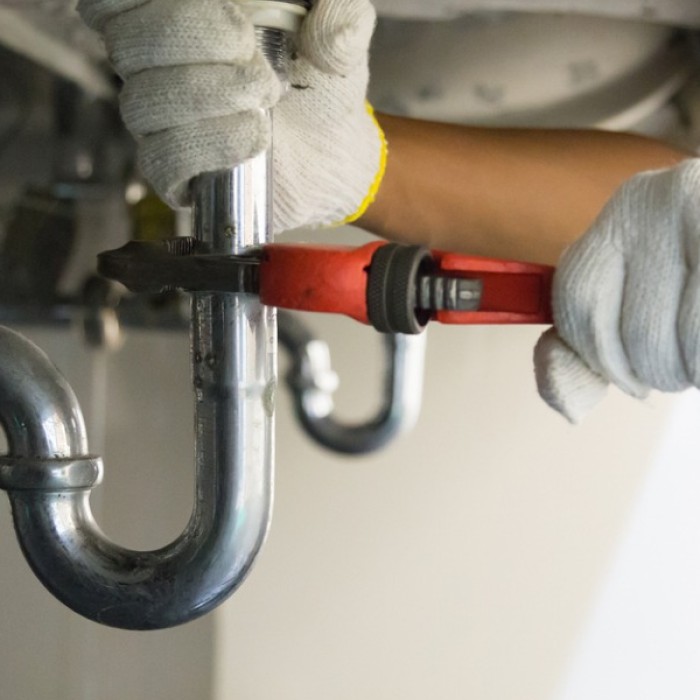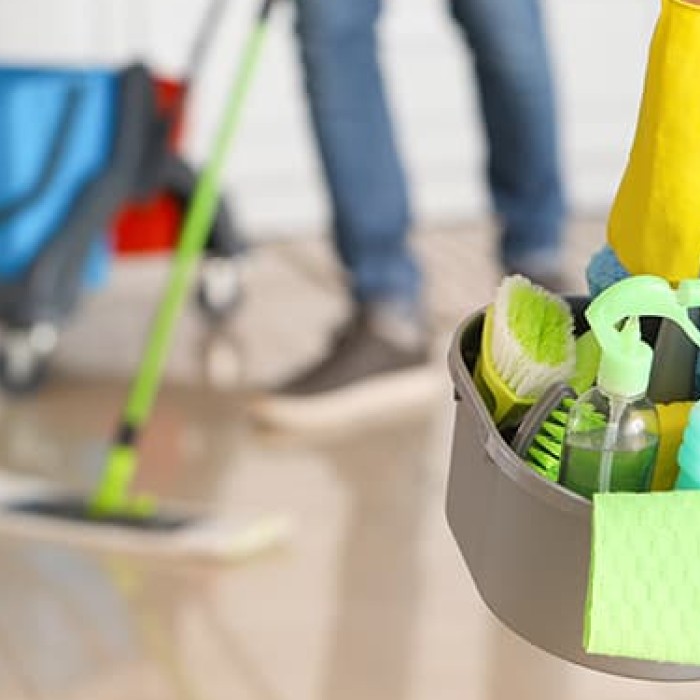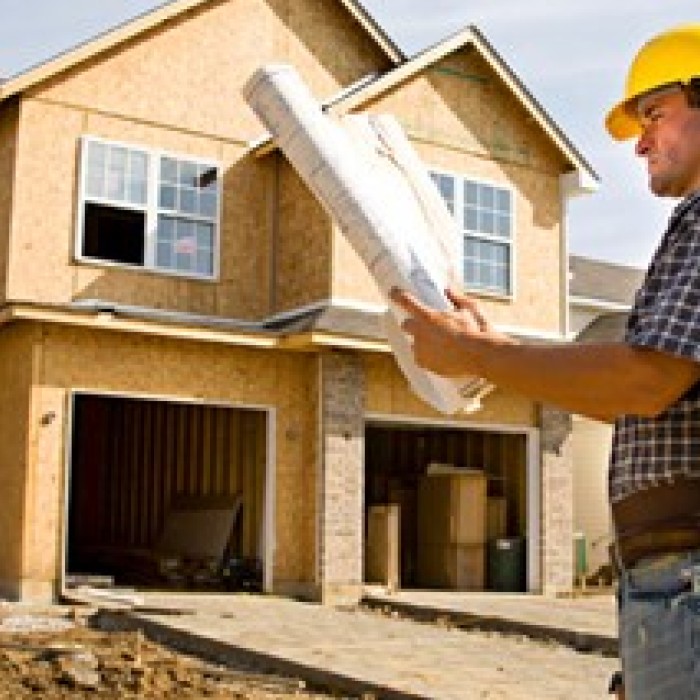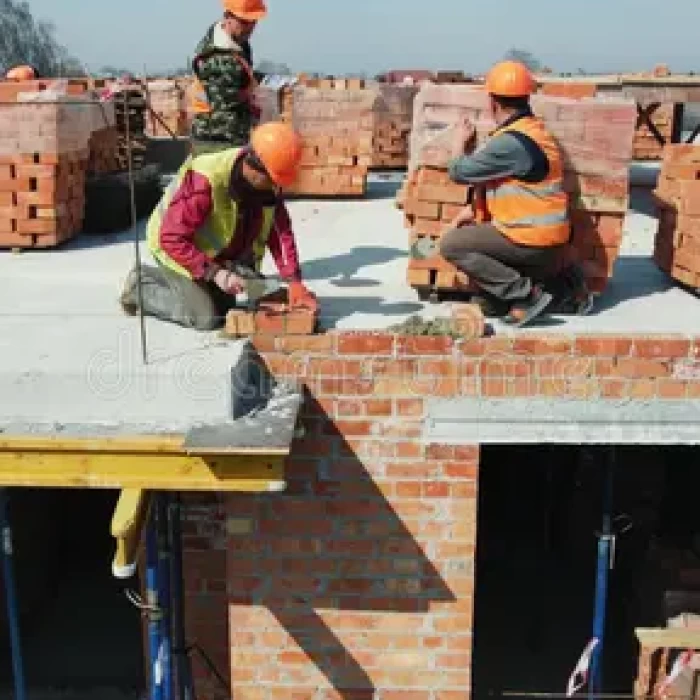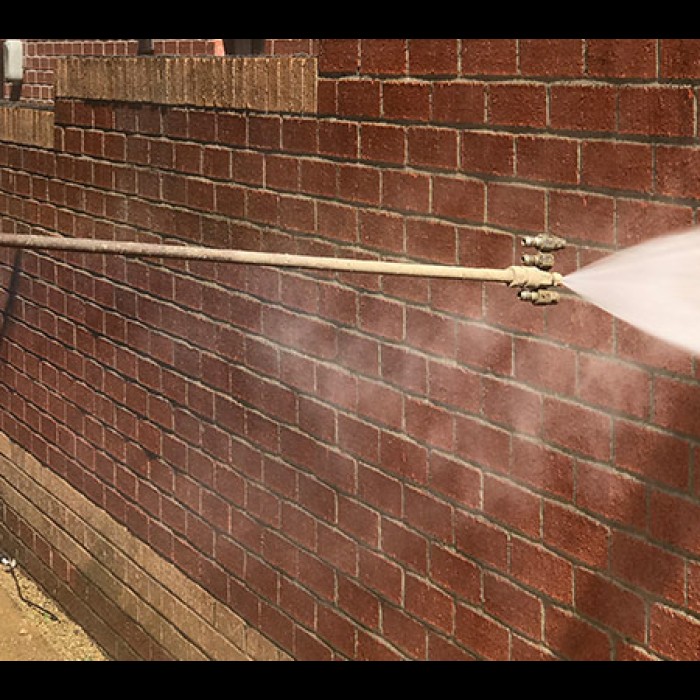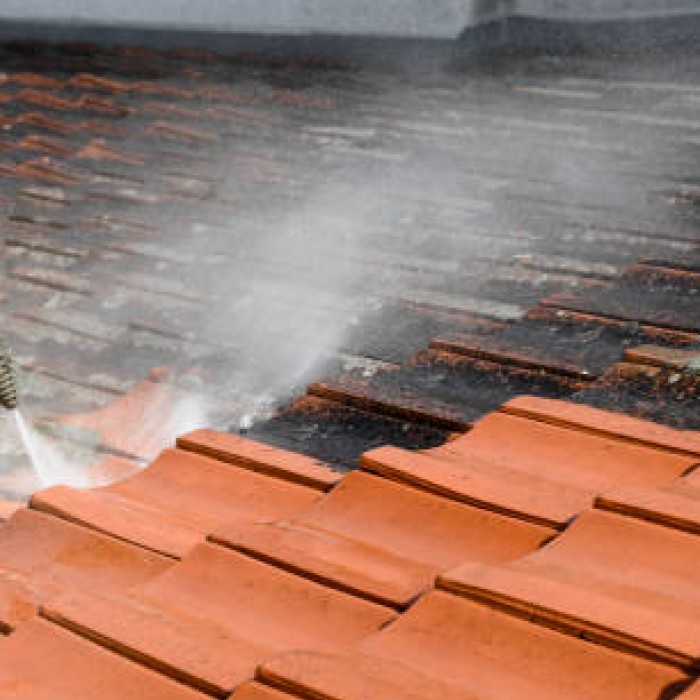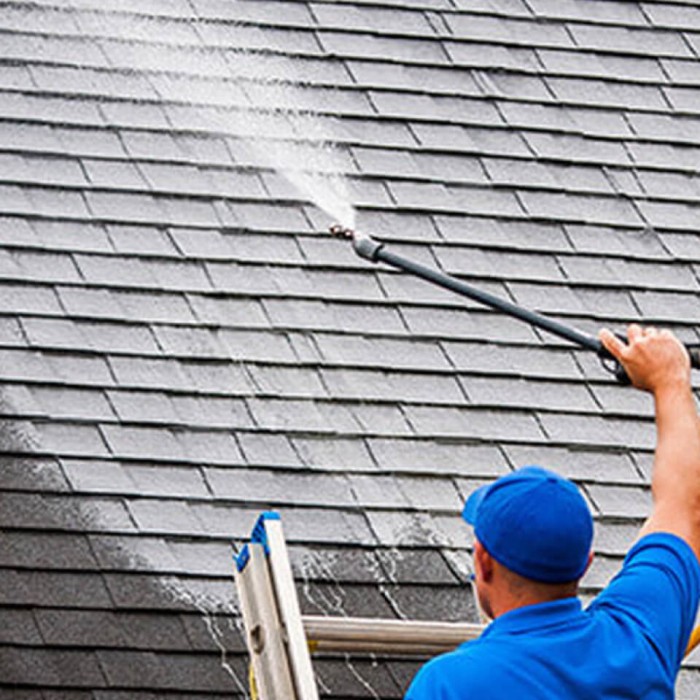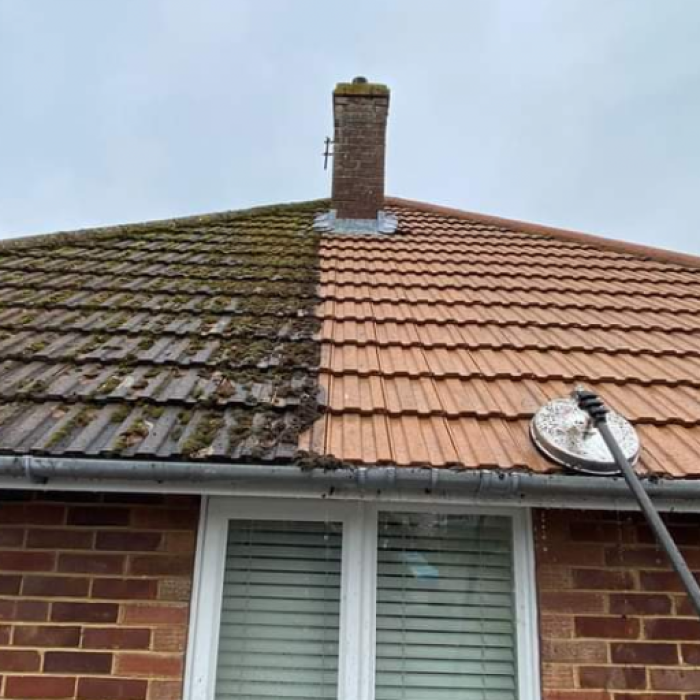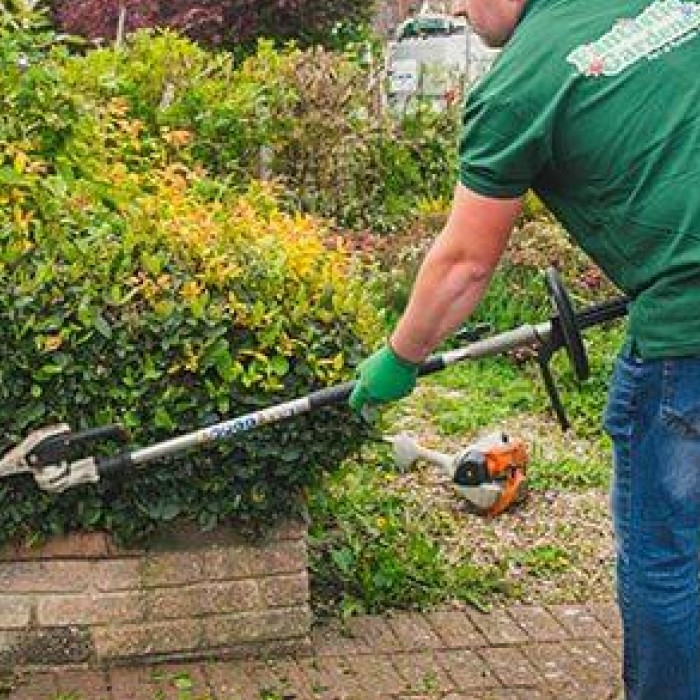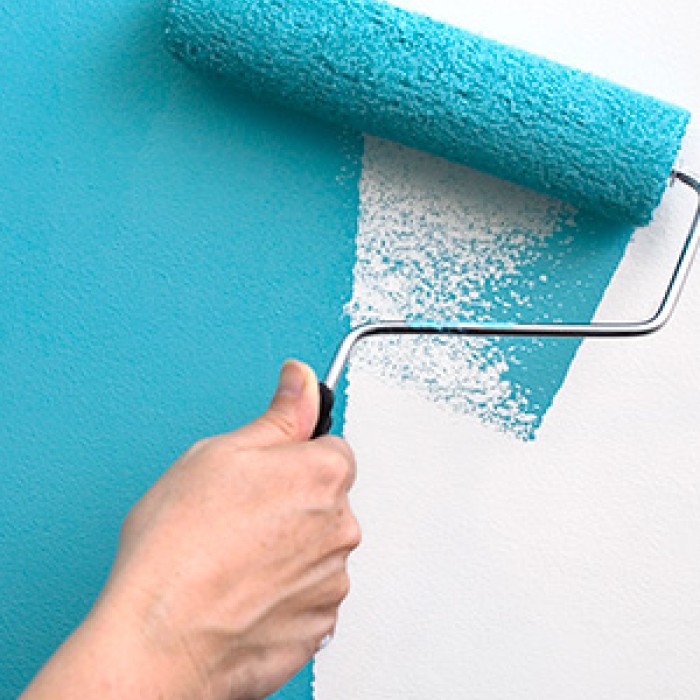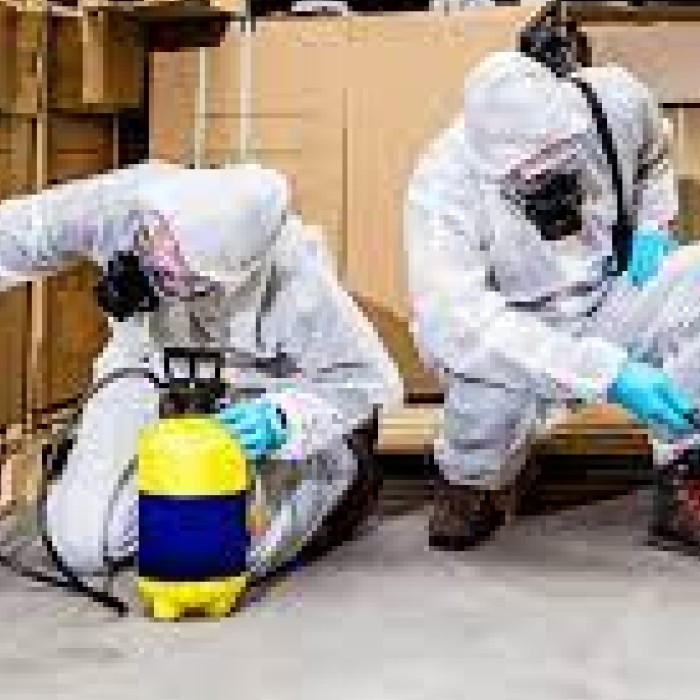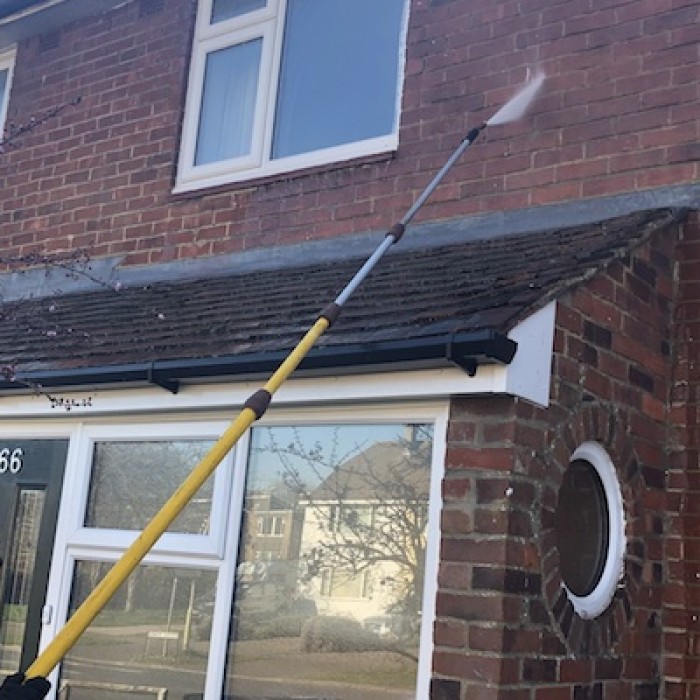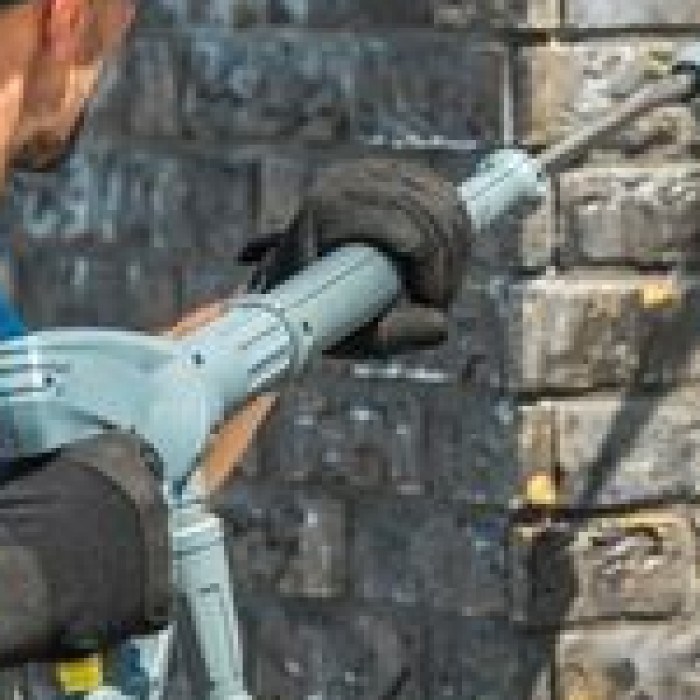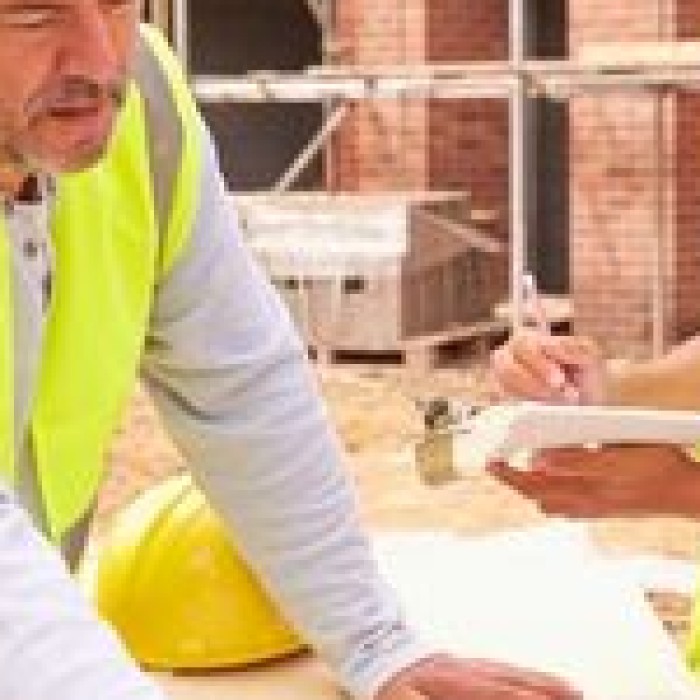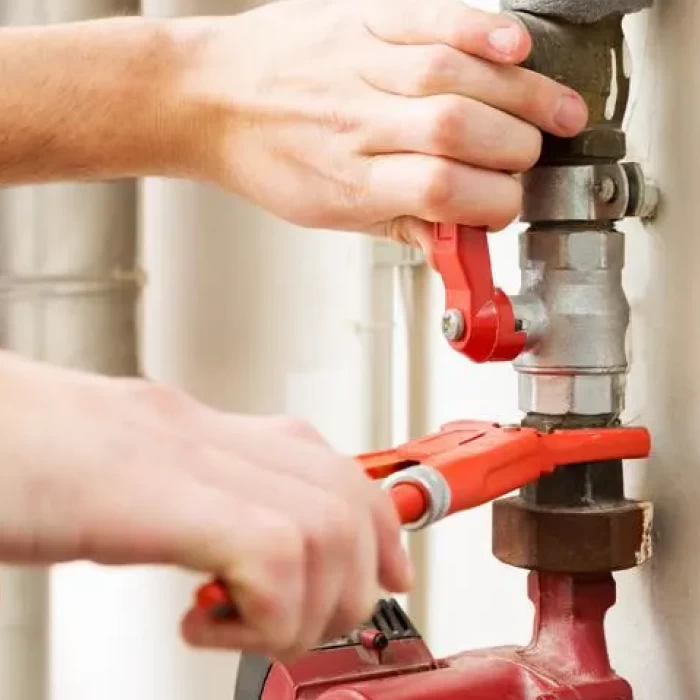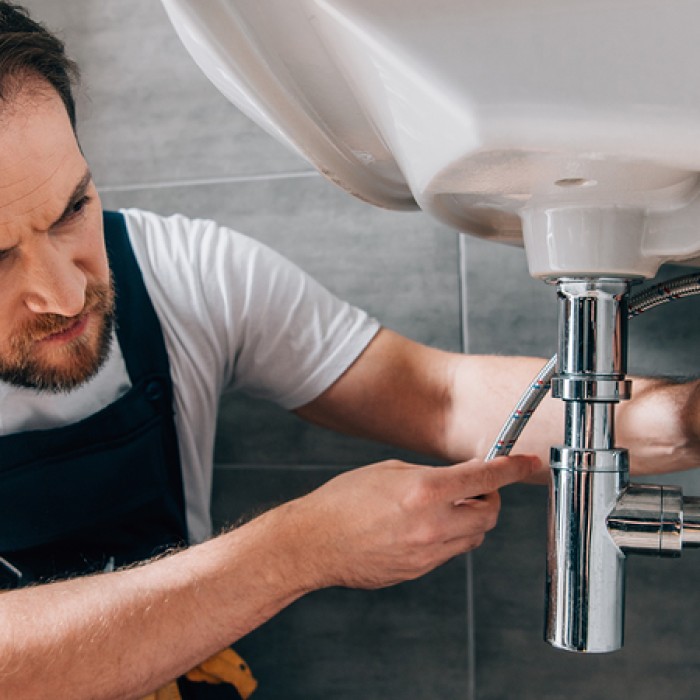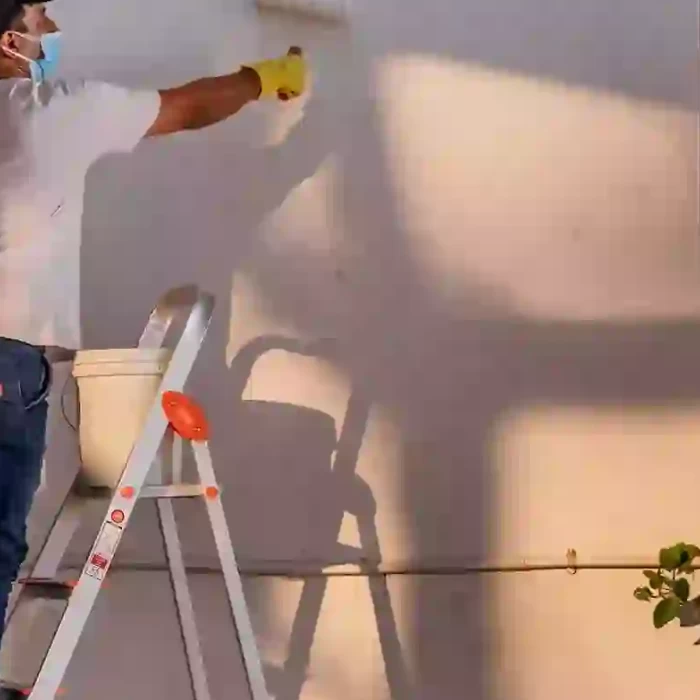Roof Renovation After a Storm
Roof Renovation After a Storm
Australia is known for its diverse climate and can experience a wide range of storms throughout the year. From intense thunderstorms to tropical cyclones, the country's geographical location exposes it to various weather patterns that can pose a threat to the roofs of homes and buildings. These storms bring strong winds, heavy rainfall, and even hail, making them a potential cause for significant roof damage.
Factors such as roof age, material, and design play a significant role in determining their vulnerability. The design and quality of installation also matter, as poorly secured roofs or inadequate fastening can exacerbate the risk of storm damage. Some roof types fare better than others when it comes to storms. This depends where your house is located, and obviously how strong the storms themselves are. We will explore all that and more in this blog.
Where do storms strike the most in australia?
Severe thunderstorms, often accompanied by lightning and torrential downpours, are particularly dangerous as they are capable of destruction ranging from dislodging tiles all the way up to causing structural damage. The northern regions of Australia, particularly the northern coastline from Western Australia to Queensland is most susceptible to such storms owing to tropical cyclones in the region. The eastern coastline of Australia, from Queensland and New South Wales also experiences such storms, although not that strong in intensity. Apart from that area, South Australia and Victoria also experience storms in the summer. Western Australia can experience wind gusts that can also cause harm due to the wind picking up speed due to the vast desert.
What to expect when a storm hits your home
Following are some things that can happen during storms for a house.
Roof damage:
Strong winds can cause shingles or tiles to become dislodged or damaged, leading to leaks and water infiltration. In severe cases, entire sections of the roof can be torn off. This can result in water damage to the interior of your home, including ceilings, walls, and personal belongings.
Falling trees and branches:
Strong winds can cause trees and branches to fall, potentially damaging your home's exterior, roof, vehicles, or other structures on your property. Trim overhanging branches and ensure trees are in good health to reduce the risk of damage during a storm.
Structural damage:
Depending on the severity of the storm, there is a possibility of structural damage to your home. This could include weakened or collapsed walls, foundation issues, or damage to supporting structures. It's important to have your property inspected by professionals after a severe storm to identify any structural concerns.
What to do about it
A homeowner must do the following when a storm hits.
Ensure safety:
Before inspecting the roof or attempting any repairs, prioritize safety. Wait until the storm has completely passed and the weather conditions are safe for outdoor activities. Be cautious of any loose power lines or hazardous debris in and around your property.
Inspect the damage:
Once it's safe to do so, visually inspect your roof from the ground. Look for any obvious signs of damage, such as missing or damaged shingles, tiles, or roofing material. Check for water stains or leaks on the ceilings inside your home, which may indicate roof damage.
Prevent further damage:
If more rain is expected before the repairs can be completed, try to protect the interior of your home from water damage. Use buckets or containers to catch any water that may be leaking through the damaged roof, and move furniture and valuables away from the affected areas.
Hire a professional roofer:
Roof repairs are best handled by experienced professionals. Avoid attempting major repairs yourself, as it can be dangerous and may void your insurance coverage. Hire a reputable roofing contractor to assess the damage and perform necessary repairs.
Conclusion
As you can see, roof renovation after a storm is a crucial step in restoring the safety and integrity of your home. In the Australian context, where severe weather events are common, it is essential to promptly address any damages caused by storms. Whether it's loose shingles, leaks, or structural issues, neglecting roof repairs can lead to more extensive problems and costly repairs down the line. That's why it's vital to hire reliable and experienced professionals for your roof renovation needs. Their skilled team understands the unique challenges posed by Australian weather conditions and can provide efficient and durable solutions. Don't wait until the next storm hits; take action now to protect your home and ensure peace of mind for years to come.

